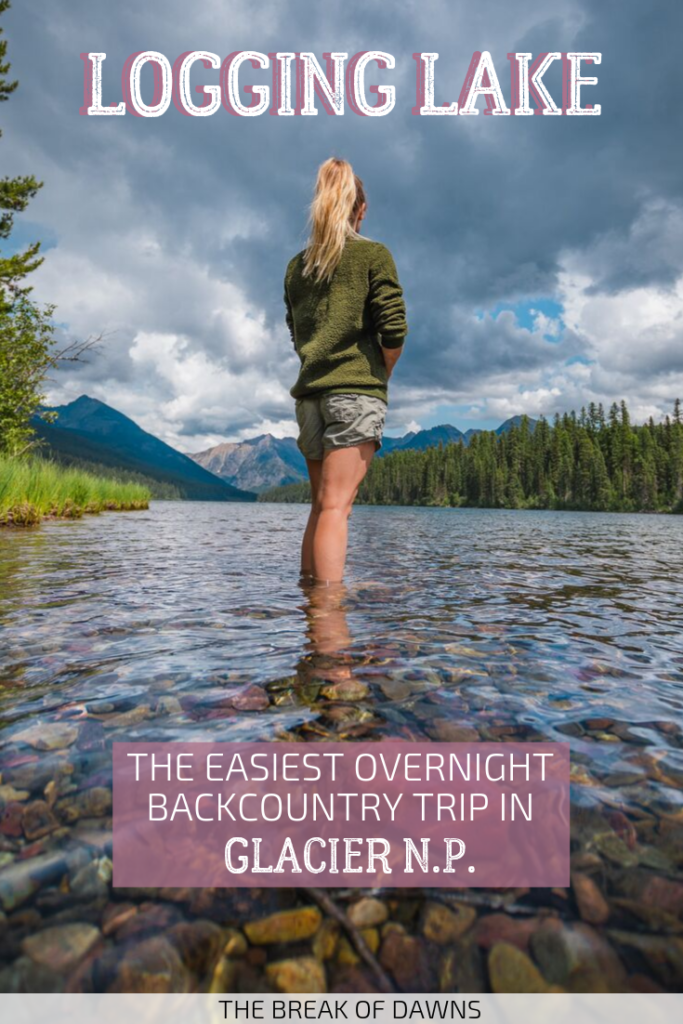
I had never embarked on an overnight backcountry trip before heading to Glacier NP last summer. Within days of leaving, I purchased all of the backcountry gear I would need and spontaneously took off towards Montana. Searching for the easiest backpacking trip in Glacier, I discovered the hike to Logging Lake.
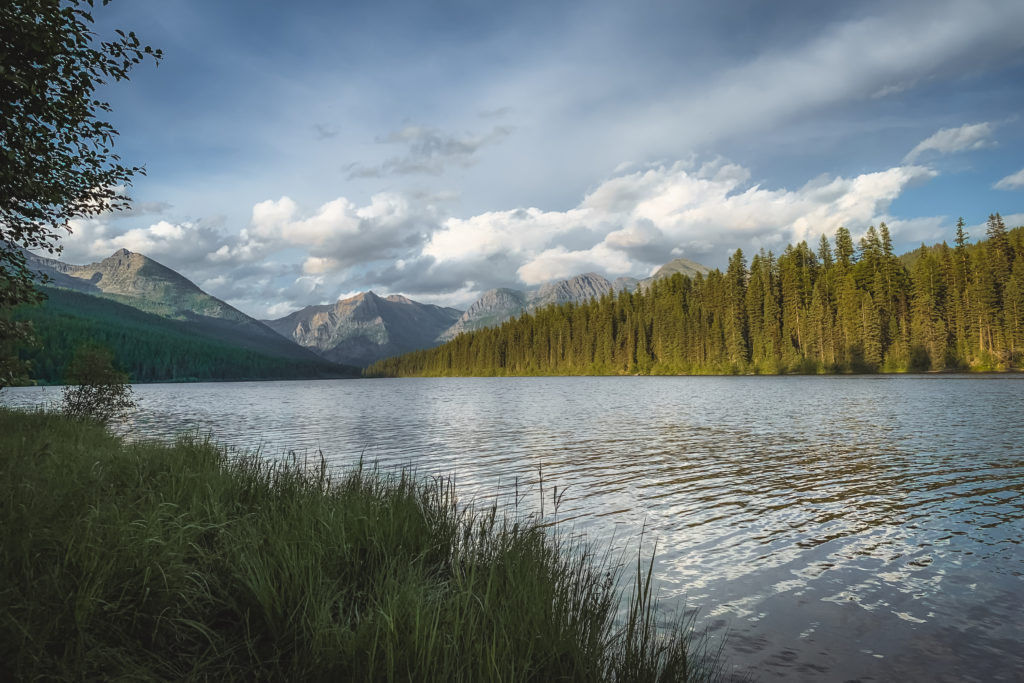
Where is Logging Lake?
Located near Polebridge, Montana on the northwest side of Glacier National Park is this serene little spot known as Logging Lake. Acting as the easiest backpacking trip in Glacier NP, this quieter and calmer side of Glacier only enhances the backcountry experience here.
To find the trailhead of Logging Lake, take a right on Inside North Fork Road after leaving the Polebridge Ranger Station. After 7.7 miles on a dirt road, you’ll find the trailhead parking on the left.
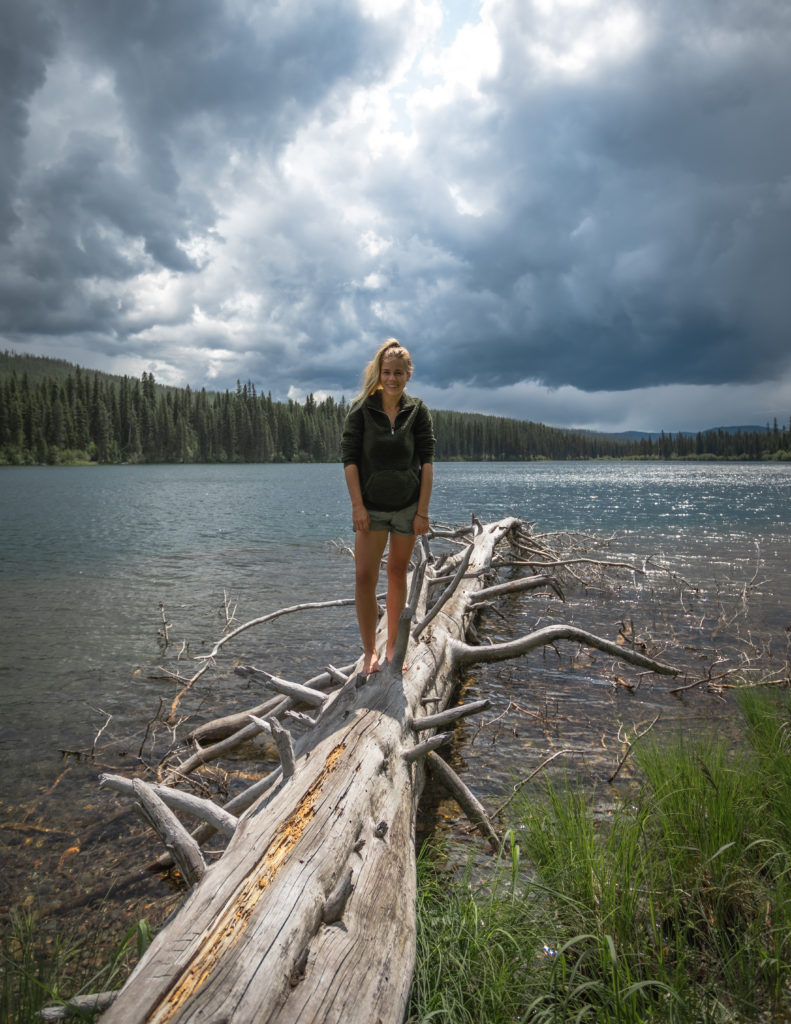
Getting a Permit for Logging Lake
As it’s not considered one of the most sought-after backcountry sites, walk-in permits for Logging Lake are almost always available. The closest ranger station near Logging Lake is the Polebridge Station and the most convenient within the park is Apgar.
Need more info about backcountry permits and campsites? Click here
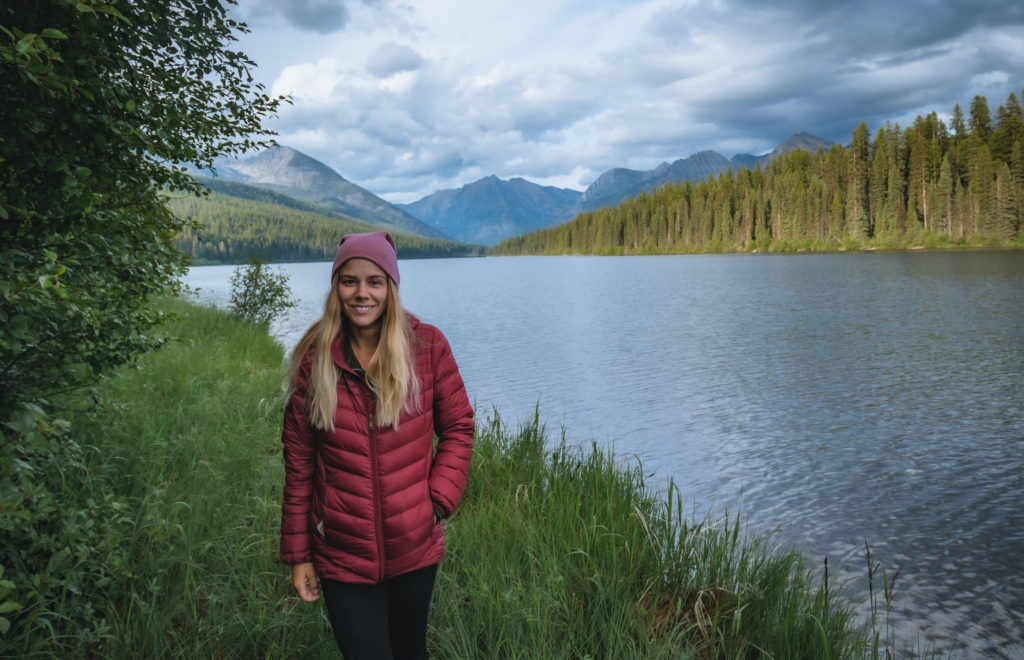
Tips for Hiking to Logging Lake
The Logging Lake trail, although the easiest backpacking trip in Glacier, is less-traveled than most in the park. Because of this, the trail itself was much more overgrown than we expected. Those conditions tend to affect your hiking, especially with the fresh dew in the early morning. For that reason, I would highly recommend wearing full-length hiking pants, ankle-high hiking boots and wool socks to keep the wetness out and maybe even some precipitation pants to keep you extra dry.
Read More: ‘What’s In My Backpack?’ Backcountry Camping Gear Guide
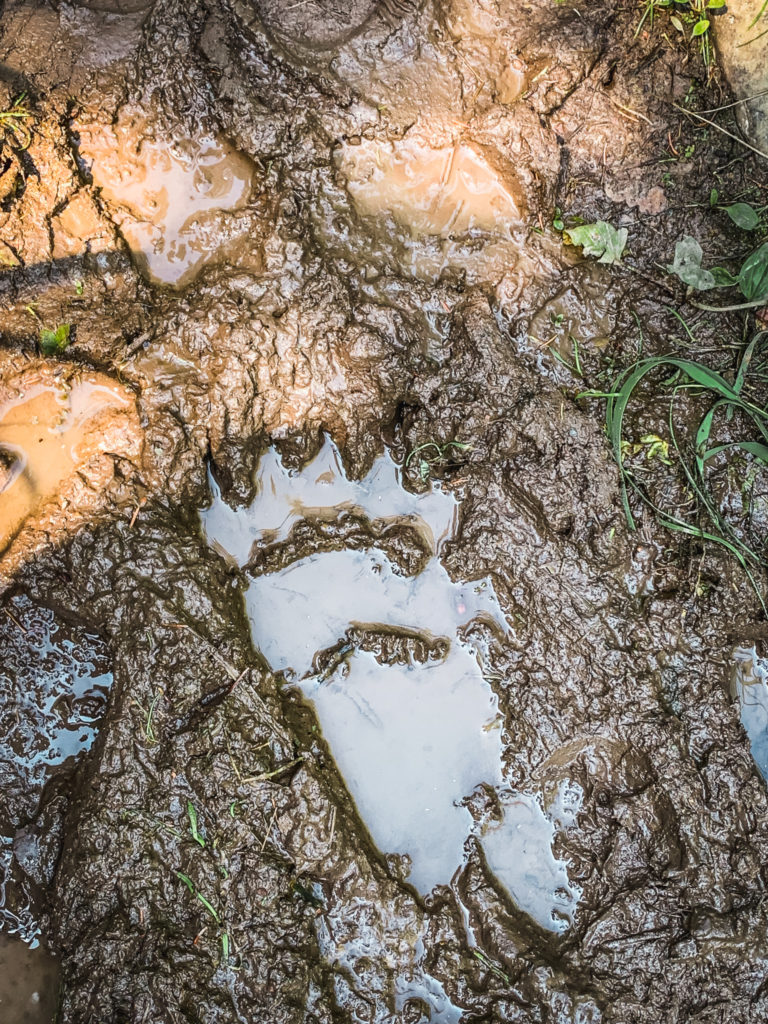
Wildlife activity in the Logging Lake area is prominent and we saw many fresh bear prints while hiking. Ensure that you have the right equipment, like bear spray, to defend yourself if you were to come in contact with a bear.
Hiking to Logging Lake
Distance: 5.5 Miles One-Way
Route Type: Out and Back
Elevation Gain: +670 feet
Best Time to Hike: June – October
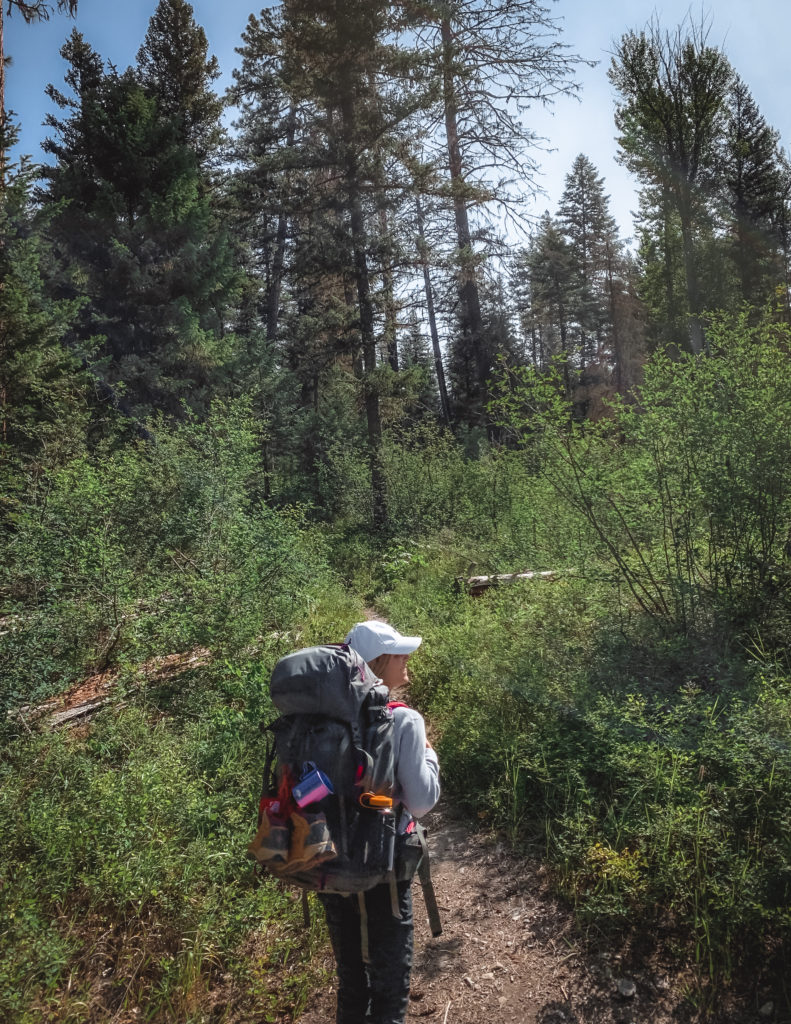
While you won’t find cascading glacial views or dramatic cliff drop-offs on this 5.5 mile hike, you will get to experience a much quieter area of Glacier NP. Full of a meadows and forested environment, the Logging Lake trail is considered moderate with only a +670 foot elevation gain, making it one of the easiest backpacking trips in Glacier NP.
Winding you through a terrain thick with forest, you begin to hear the sound of flowing water. After a mile or two the trees begin to clear, opening up with subtle mountain views in the distance. In a meadow of wildflowers and dead-standing trees, the flowing creek makes its appearance below the ridge to the right. Your trek is now a third of the way over!
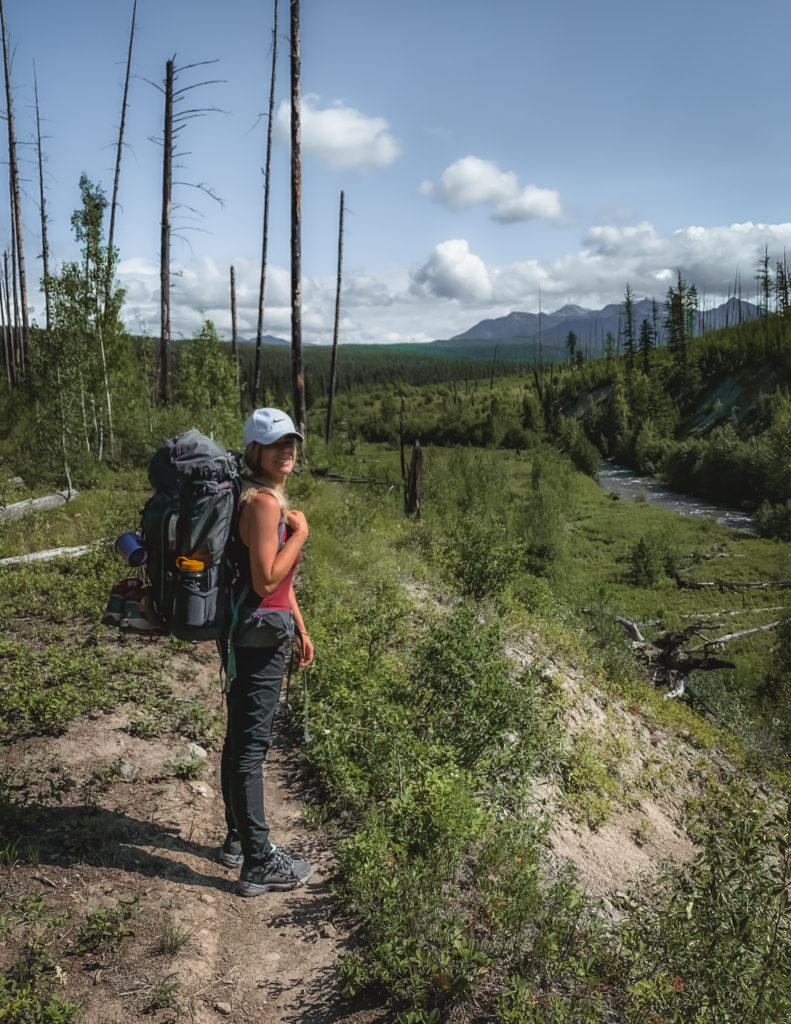
It’s not long before the trail winds itself through a forested area again, although this part is swampier and more overgrown. If there’s been a recent rainfall, don’t be surprised if you’re trudging through mud at this point.
Patches of sludge come and go but they’ll eventually be over. After just over 5 miles, we meet with a trail posting: one arrow points upwards to a pit toilet and the other points downwards to the backcountry campground.
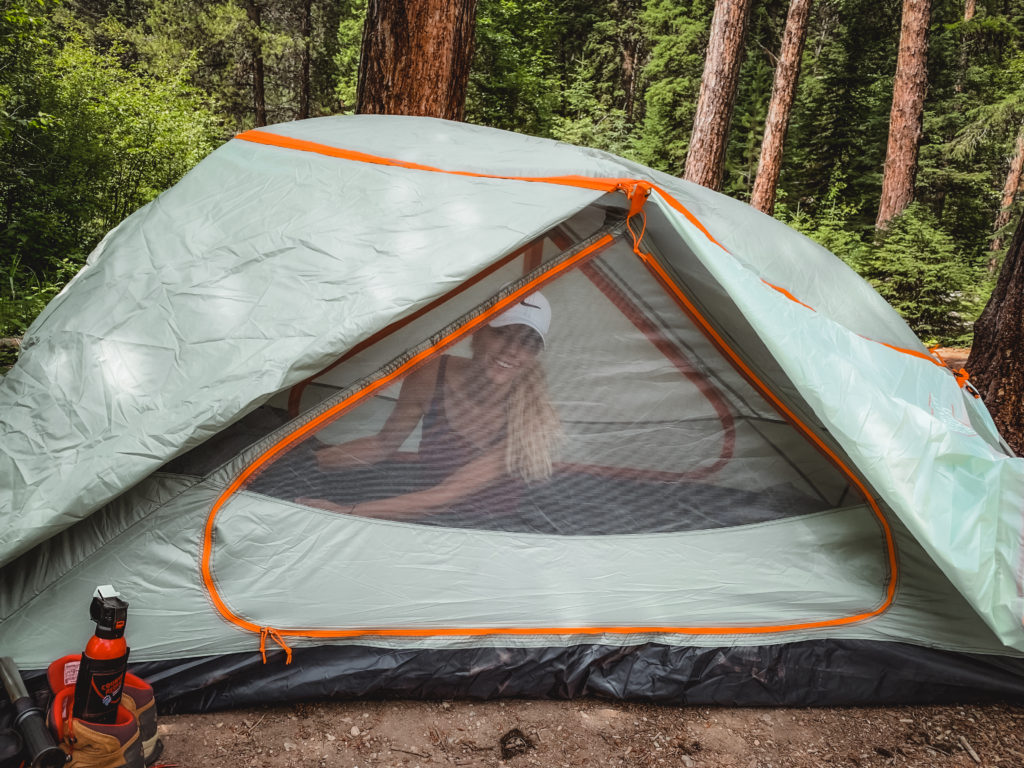
The Backcountry Campground at Logging Lake
After a direct descent for about 1/4 of a mile, a posting with a map will be the first sign of the campground. Back on the trail a few steps and off to the right is the pit toilet and down the hill to the left is the first campsite.
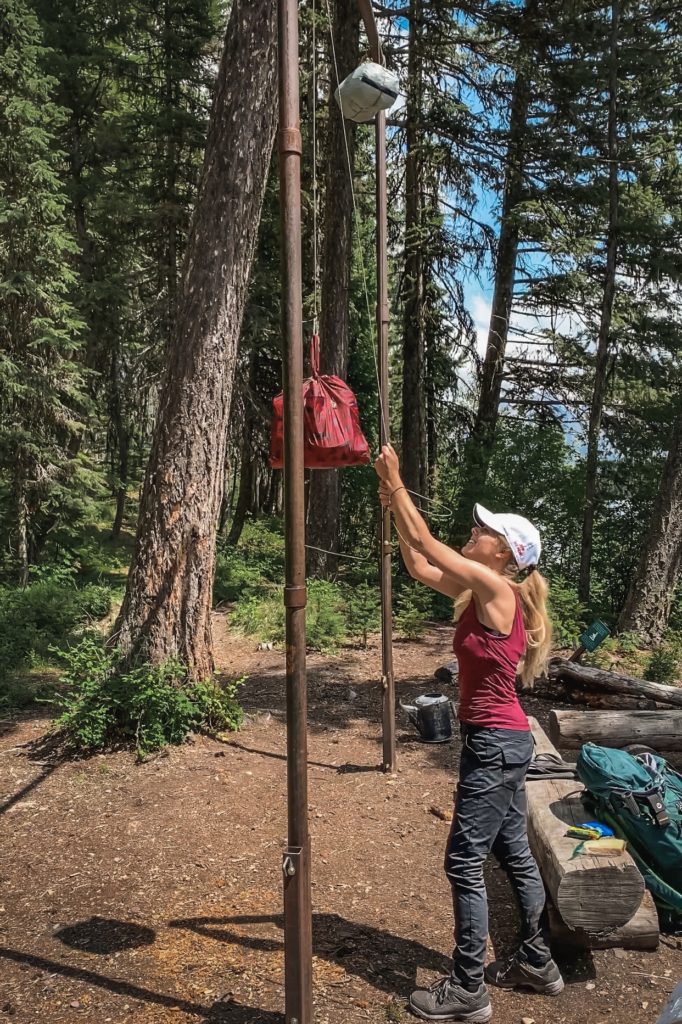
Taking a right from the sign is the food prep area, evident by the campfire ring, logs and bars to hang your food (which is the FIRST thing you must do!)
The other two campsites of Logging Lake are just beyond the food prep area. I picked the next closest campsite as the ground seemed softer and the water more accessible. As I set up the tent, I noticed a small pathway leading through the bushes. Curious as ever, I followed it to the most gorgeous little spot.
To the left was a postcard view of the mountains, shaped by the pine-treed landscape in front. To the right was a giant log that jutted right out to the water, supplying us with the perfect place to sit and bask in the quietness of the backcountry.
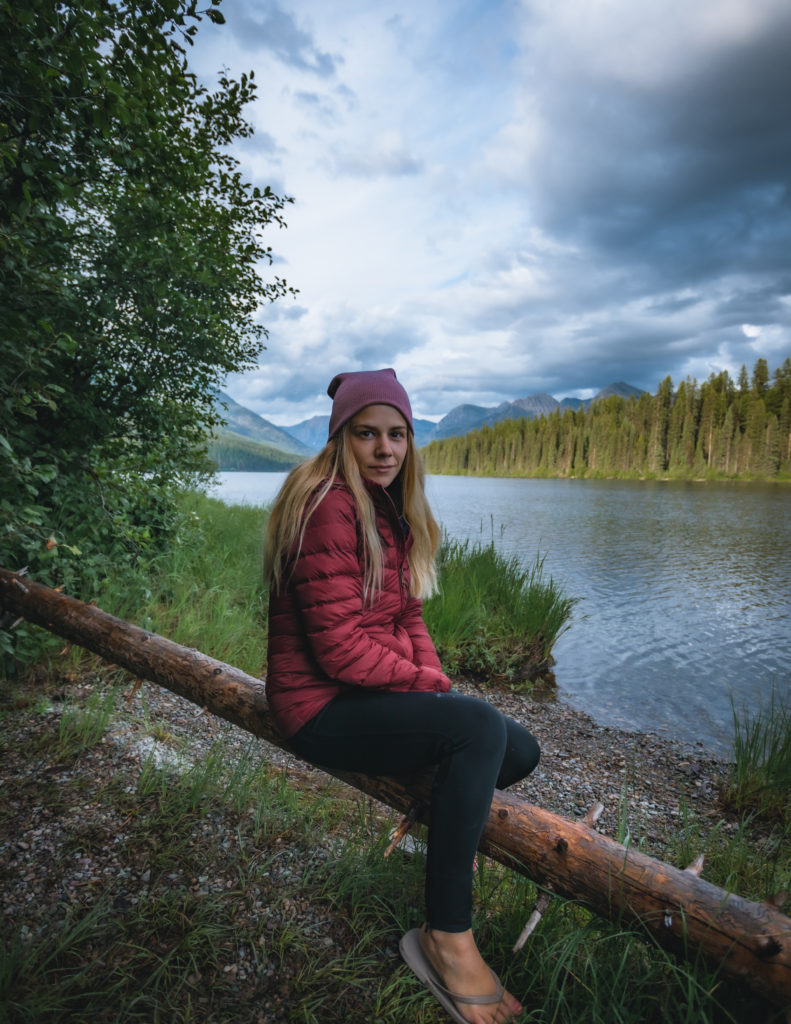
Hiking In Deeper from Logging Lake
Staying one night in Logging Lake then hiking back out was not the original plan. We had reservations for the next night at the Adair campground, another 4.5 miles deeper into the backcountry. After setting up camp, we would have hiked another 3.4 miles on to Grace Lake before retreating back to Adair.
This would have been the perfect itinerary! Unfortunately, within a half mile of leaving Logging Lake, the mud was so thick I was buried to my knees. Since we had at least another 4 miles to go we went with our guts, turned around and hiked out. We reported the trail conditions to the rangers, also informing them we are canceling our reservation at Adair.

Read More Glacier NP Posts HereBefore heading into the backcountry, it’s imperative that you’re familiar with the “Leave No Trace” principles.
Read More: Leave No Trace: The 7 Rules of the Backcountry
Learn more about Leave No Trace on their website here.
Like This Post? Pin It!
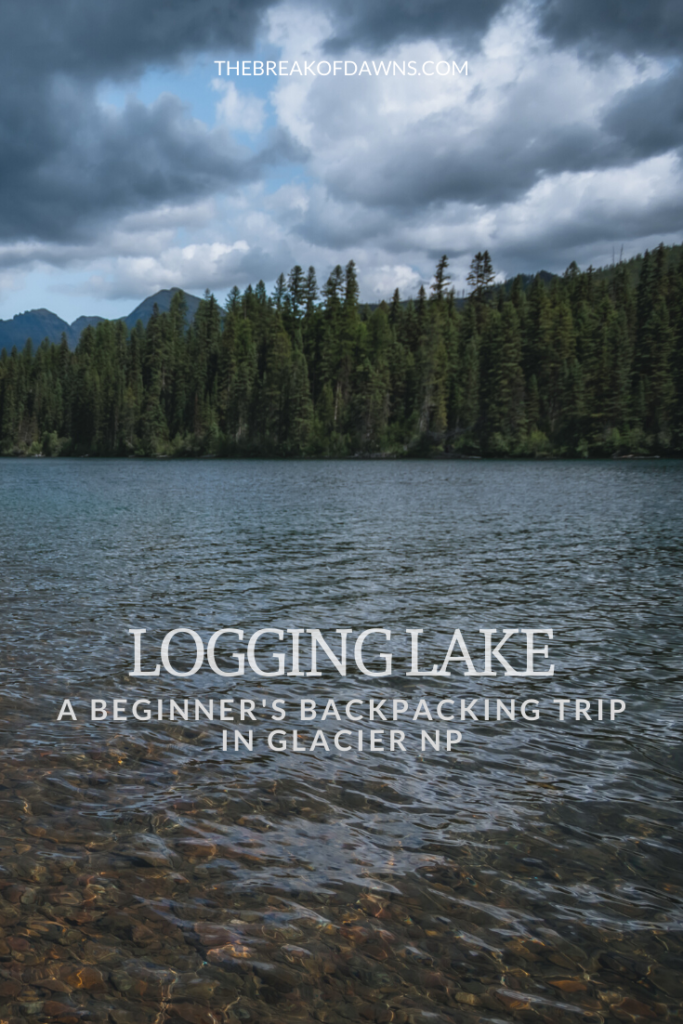

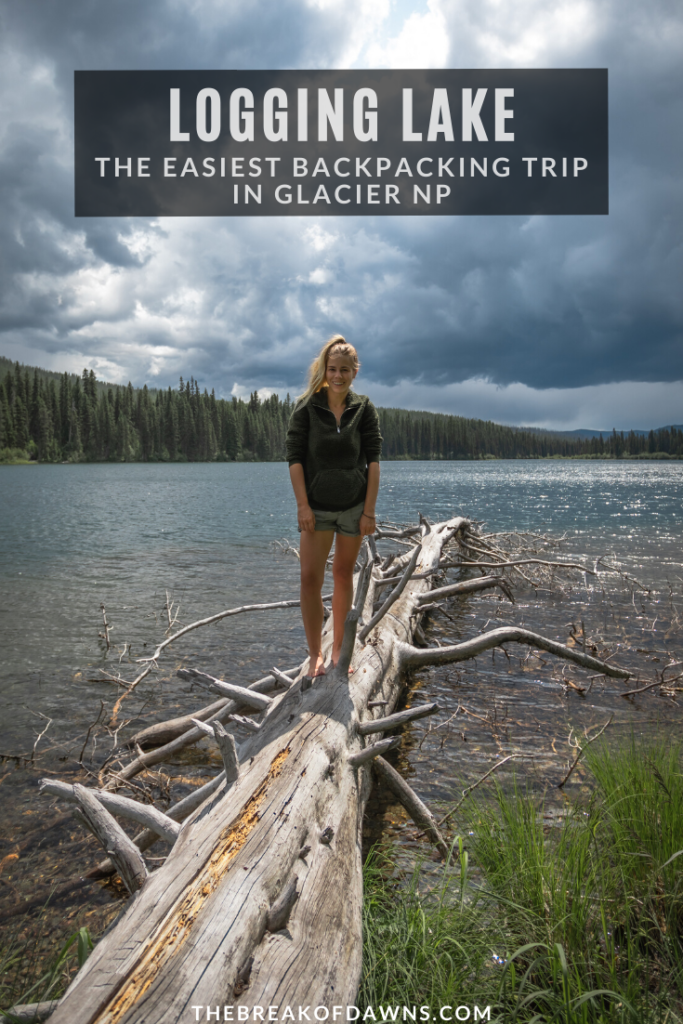
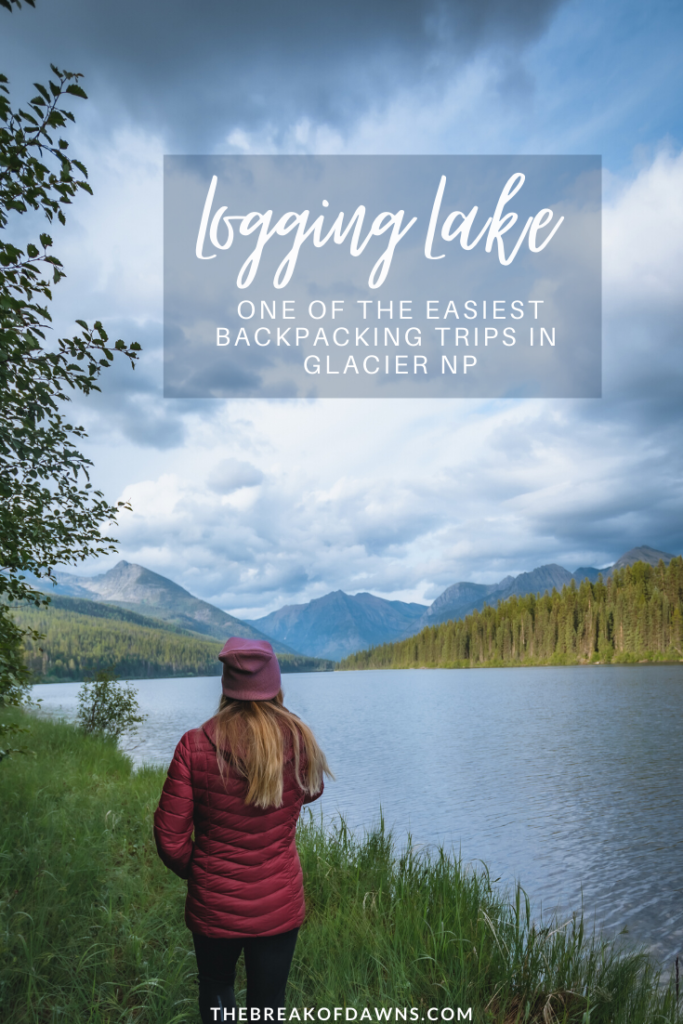
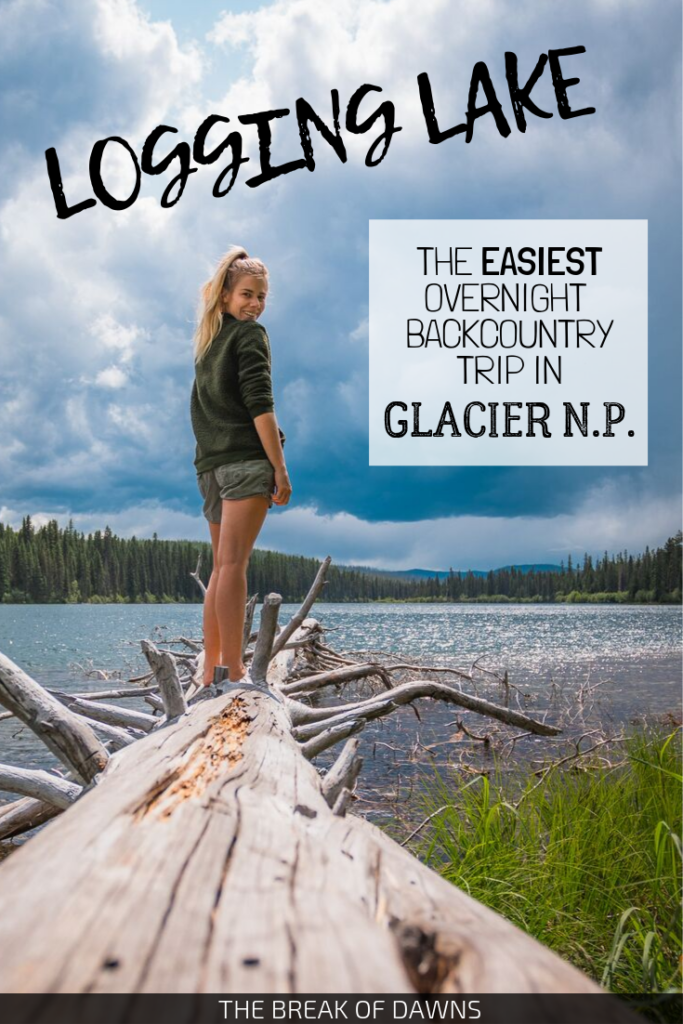
| This post contains affiliate links. This means that, at no extra cost to you, if you purchase one of these products I may receive a small commission. This helps me maintain my blog as a free space to you. Check out my Disclaimer for more info.

